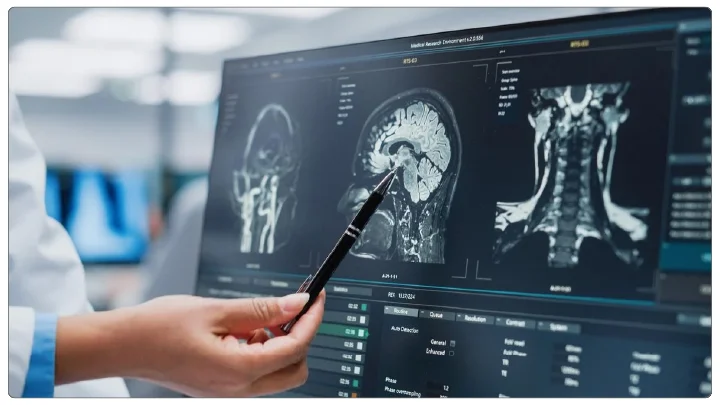One Scan, Nine Diagnoses: AI Revolutionizes Dementia Detection
The Mayo Clinic has introduced a new Artificial Intelligence tool that can detect nine different types of dementia using a single brain scan. This innovation has the potential to significantly improve the process of dementia detection, eliminating the need for human intervention and other devices. The tool named ‘StateViewer' can identify nine different patterns of brain activity related to dementia symptoms and manifest as a disease, including Alzheimer's disease, using a single and efficient brain scan.

A study published in the Journal of Neurology shows that StateViewer accurately identified different types of dementia in 88% of cases. Compared to conventional methods of brain scanning, this AI tool can speed up the scanning process two times faster with high precision, helping doctors to identify and analyze data effectively. To achieve this, researchers have trained the AI tool using nearly 36,000 brain scans from patients with normal cognitive functions and individuals with dementia. This huge dataset enables AI tools to accurately compare what a healthy brain looks like with a brain affected by dementia and its associated symptoms. Additionally, what's more interesting is that StrateViewer utilizes common imaging techniques that provide highly advanced diagnostic support without the need for neurology teams.
Dementia has affected people globally, with nearly 55 million and 10 million cases newly identified with each passing year. It becomes essential to find robust solutions to detect these diseases at an early stage. According to Dr. David Jones, who is a neurologist and director of the Mayo Clinic's Neurology Artificial Intelligence Program, said, “Every patient who walks into my clinic carries a unique story shaped by the brain’s complexity. That complexity drew me to neurology and continues to drive my commitment to clearer answers. StateViewer reflects that commitment — a step toward earlier understanding, more precise treatment, and, one day, changing the course of these diseases.”
This tool analyzes a fluorodeoxyglucose positron emission tomography (FDG-PET) scan. By using this scanning method, it can be detected how the brain uses glucose to derive energy by disintegrating these glucose molecules. Then, it compares this data with that of people who have confirmed dementia and identifies differences, which further aggregates the types and combinations of dementia. StateViewer displays these patterns through color-coded brain maps, highlighting brain activity in key regions associated with dementia. Mayo Clinic researchers plan to extend the tool’s utilization further to achieve high scalability.